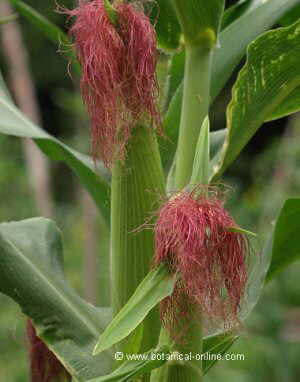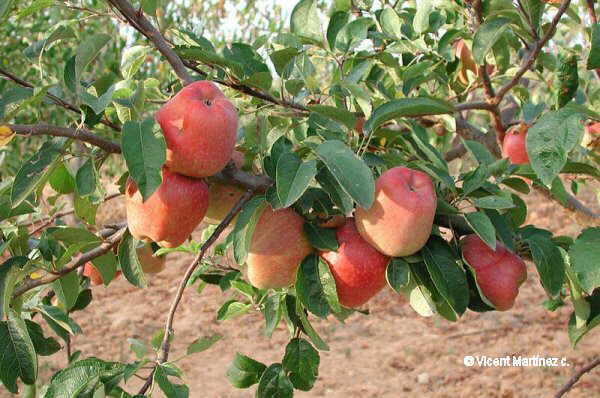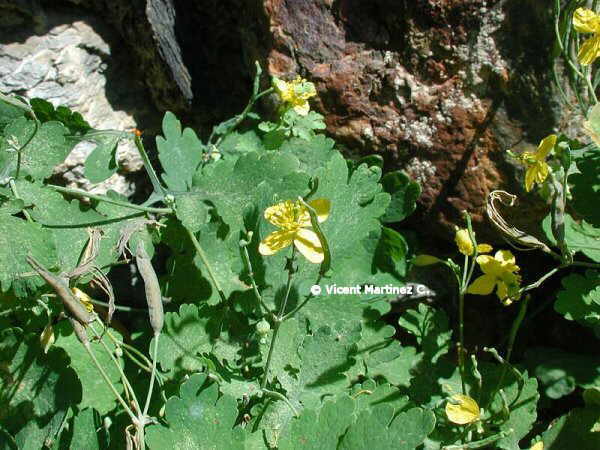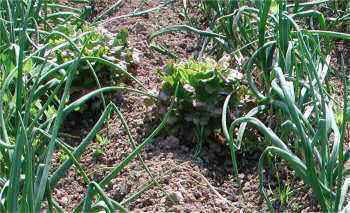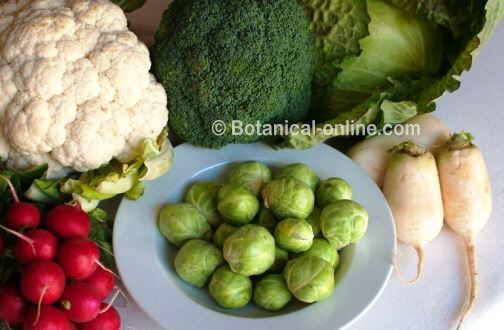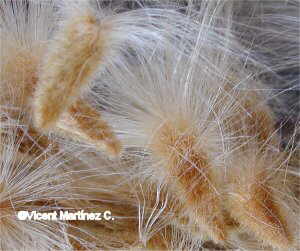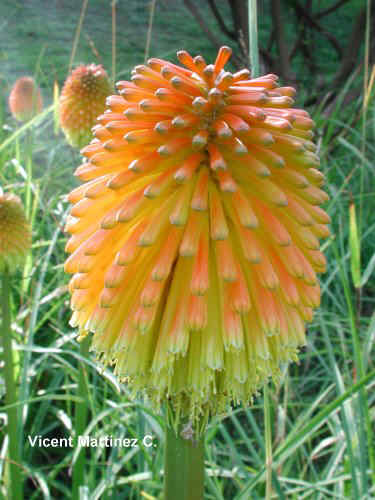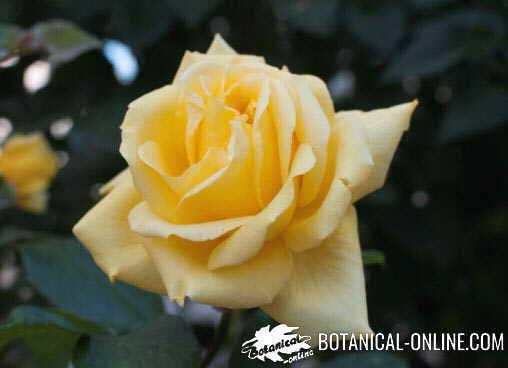Contents
How to grow parsley
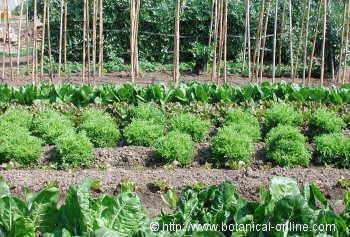
What is parsley?
Parsley (Petroselinum crispum) is a biennial plant, grown as an annual, which is used as an aromatic herb in many recipes. This ingredient mainly provides a lot of vitamin C, and some vitamins such as folic acid or minerals such as potassium and magnesium.
Varieties of parsley
There are different varieties of parsley, among which is we have, for example:
- Curly parsley: It is used for decorating dishes, its cultivation is more prone to disease
- Flat leaf parsley: It is the most common in the markets.
Parsley climate and location requirements
- Parsley grows well in warm and temperate areas.
- Resistant to cold, but prefers warm climates. Warm temperatures favor higher quality essential oil and parsley aromas.
- It may wilt in winter and rebound in spring. Grow in a greenhouse if you want to have parsley in winter.
- Locate in a sunny place or in semi-shade, cool.
- It requires some humidity.
Parsley soil
- It is ideal to provide parsley a moist soil, rich in organic matter and slightly alkaline
- Well drained.
- Type of soil: light, sandy or clayey.
Parsley irrigation
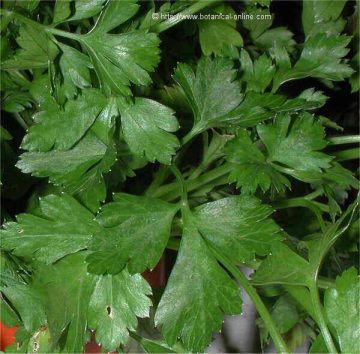
Parsley requires moisture, keep the soil moist, avoiding waterlogging.
It has no special irrigation needs. It should be checked that the ground is not dry and water more frequently during times of more drought and heat.
Propagation of parsley
Propagation is done by seed. It is recommended to do two or three sowings to dispose of the plant throughout the year, in winter, spring and late summer. We have two types of sowing parsley seed:
- Sowing in seedbed in winter. With your hands, undo the earth so that it is very fine. Then compact gently and place the seed without burying it.
The sowing depth of the seeds is approximately twice its diameter. Since parsley seeds are small, bury at a depth not exceeding 1 cm.
Transplantation must be done in pots when the plants have enough leaves to handle them. - Broadcast seeding in spring or late summer: It consists on scattering the seeds on the soil by hand . This must be done on wet soil, which must be covered with dry soil after seed sowing has been done.
When does parsley seed germination take place?
Germination occurs between 7 – 10 days after sowing.
Parsley maintenance tasks
- Thinning: You should have to make a thinning after a few weeks, when the first true leaves begin to come out ( It consists on removing some plants so that they do not grow too close to each other). A minimum separation of 30 cm between plants should be maintained.
- Weeding: Weed the soil periodically.
- Fertilizing: Parsley is a demanding crop in nutrients, especially if a large production is expected, so some soil fertilizer may be suitable.
Parsley flowering and harvesting
It blooms in summer of the second year of cultivation, from June to August. Cutting floral stems increases leaf production.
If seeds are desired, they ripen from July to September.
The leaves are harvested in early summer.
Parsley diseases and pests
Generally, parsley has no serious diseases or pest problems. Among the most common, we can mention:
- Carrot fly (Psila rosae): It can attack young plants. It is a type of fly whose larvae dig galleries at the root and cause root damage.
- Septoria leaf spot (Septoria petroselini) : Produces brown spots on the leaves.
- Cercospora leaf spot (Cercospora petroselini): Characterized by gray leaf spots.
![]() More information on parsley
More information on parsley

